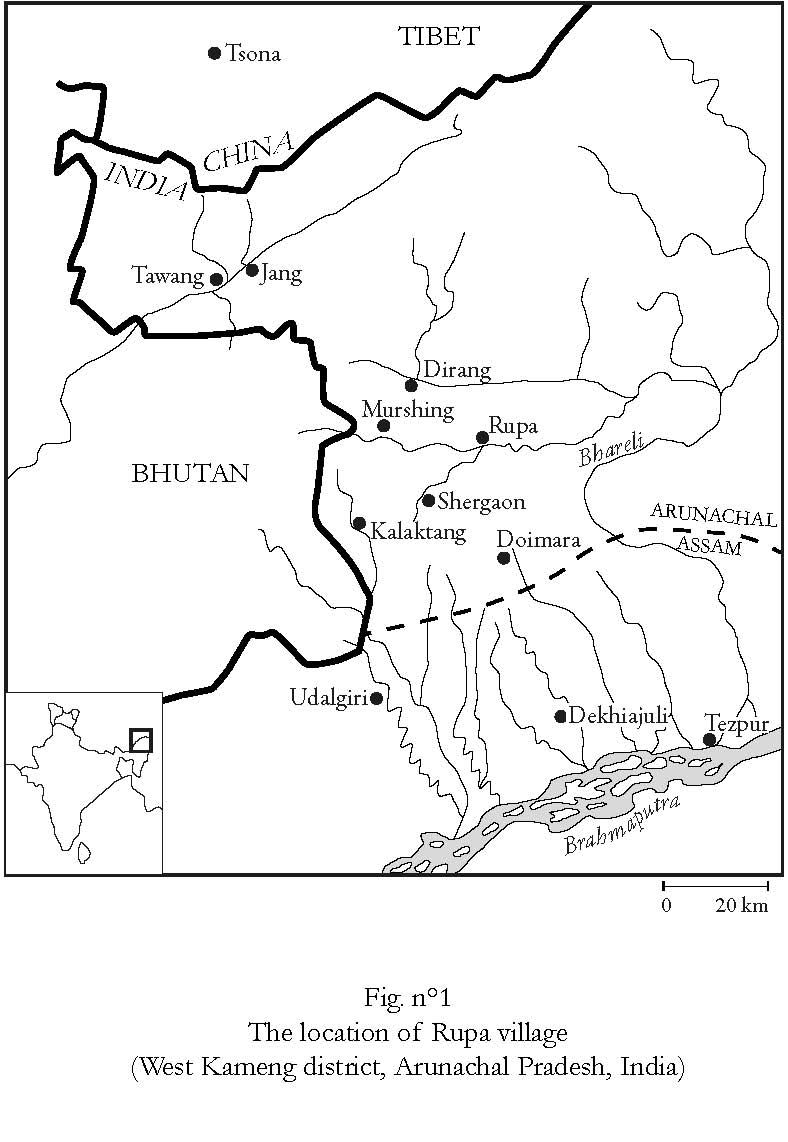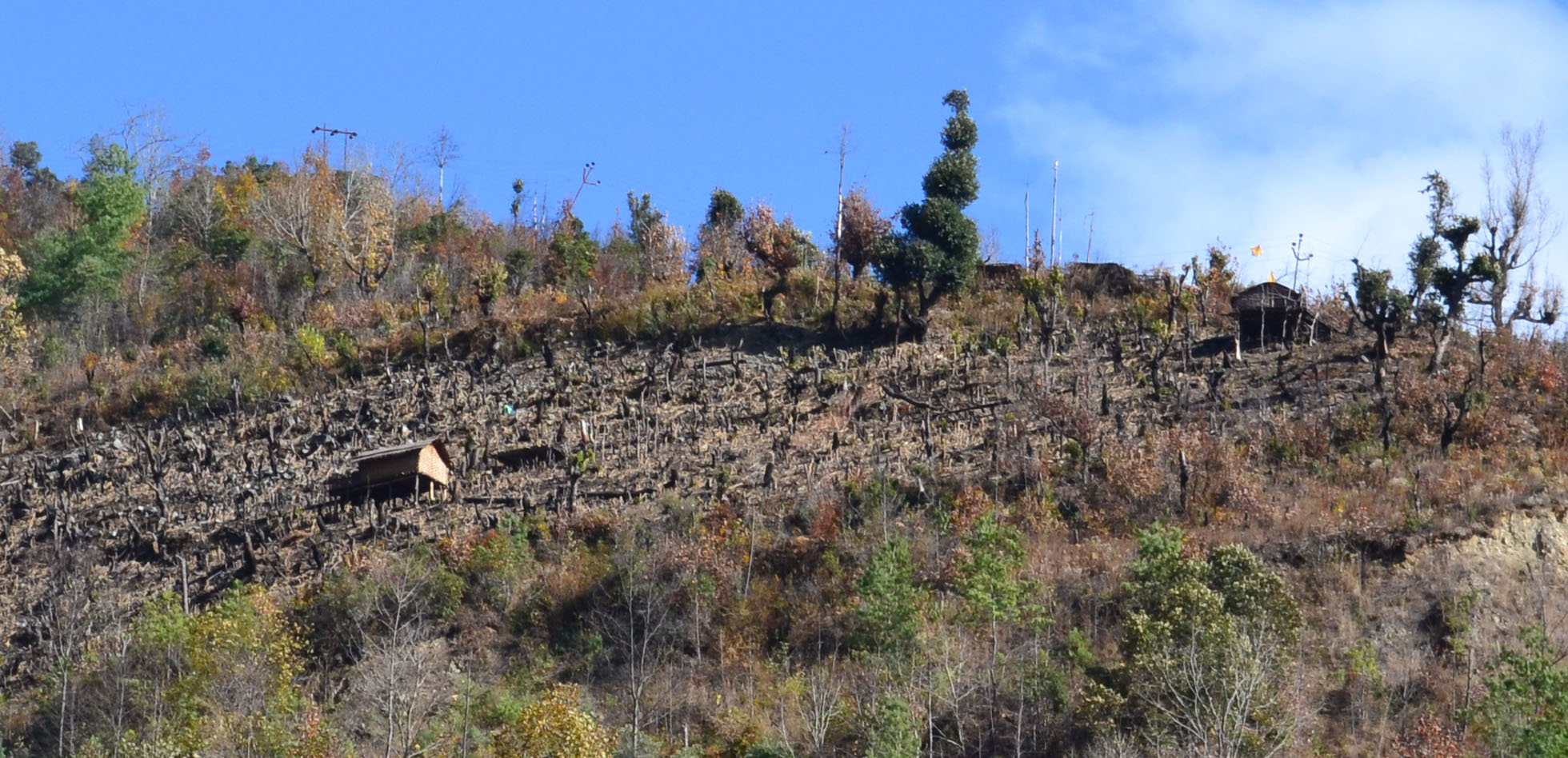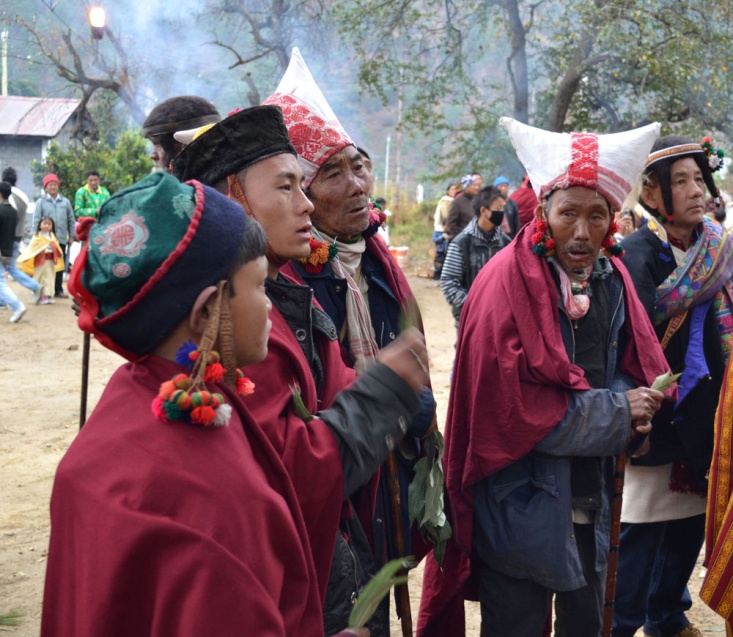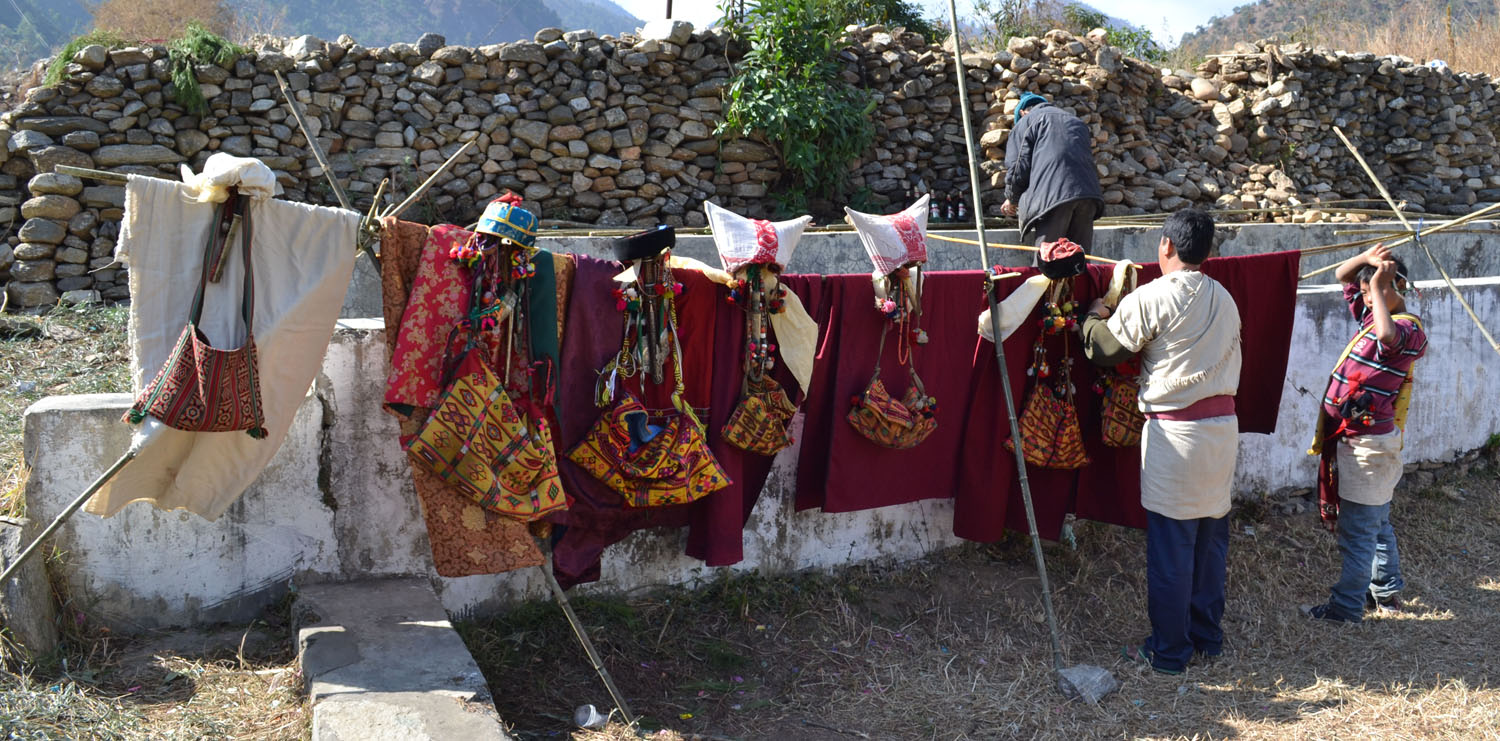Fieldwork The Sherdukpen
Sherdukpen
Introduction - The Project among the Sherdukpens - How to write Sherdukpen ? - Sherdukpen society, a brief description - Sherdukpens and their neighbours - The road to the North, Tawang, Tibet and Bhutan - The road to the south, to Kachari country and Assam - Rupa, a fascinating history – Language.
(updated 28th June 2012)
Introduction
The Sherdukpen people (local usage is to write Shertukpen), speaking the Sherdukpen language and with their own social and ritual organisation, number about 5,000 people in West-Kameng district (Arunachal Pradesh). They are distinct from the two so-called Monpa communities of the Tawang valley, and of the western valleys up to the Bhutan border and beyond. They are also distinct from the Akas (=Hrusso) to the east, and from the smaller Bugun population living on the left bank of the Tenga River to the north-east.
The Sherdukpens have settled mostly in the small township of Rupa situated at the confluence of the Ziding and Dinik Rivers, about 1,500 m a.s.l and in twelve small places, the farthest one being the isolated townlet of Shergaon located to the south-west at 2,000 m a.s.l).

The maps have been drawn by Coline Fontaine.
Traditionally, they have links with the Assam valley to where about 40 years ago the whole Sherdukpen population migrated every winter for a period of four months.

Buddhism is indeed a regular religious practice among the Sherdukpens, but less so than among the two neighbouring Monpa groups. Actually, Sherdukpens have they own religious life with local mountain gods, their own special priests and the fascinating Khiksaba festival which usually takes place in December.
The Project among the Sherdukpens
Two researchers taking part in the project, the anthropologist P. Dollfus and the linguist F. Jacquesson, visited the region, and in particular Rupa during the winters of 2009/2010, 2010/2011 and 2011/2012. With the helpful assistance of the population and of Rupa Council, they investigated the social, religious and legal customs, the language, and the great Khiksaba festival. Many photographs and small videos were taken on various occasions, and some old photographs borrowed from European or US institutions (which we would like to thank) were presented both to the Sherdukpen people who were often able to spot their elders in them, and to the small museum in Rupa Gompa. Those who were particularly helpful are too numerous to mention here, but they will be duly acknowledged in forthcoming publications.
During the first winter, we visited a good number of places in the Kameng corridor as far as Tawang, where the Rinpoche (who was born in the region and is fond of Sherdukpens) kindly talked to us. Consequently, we decided to concentrate on the Sherdukpen people, because we considered that they live in a central position and they form a sound basis on which other groups could be compared; moreover, many of them still have vivid memories of the now abandoned besme, the yearly trip to the Assam Valley.
The second winter, during a rather short stay, we set about discovering Rupa itself, its history, buildings and places. For us, Rupa was to play a pivotal role in our exploration of Sherdukpen country, not only because our stay there could be conveniently arranged by the local authorities (whom we would also like to warmly thank), but because this is the place where Sherdukpen activities converge, and where the oldest monuments can be found.

During the third winter, after we had visited the places in Assam with which the Sherdukpens still have close trade links and ritual contacts, we were able to attend the five-day Khiksaba festival and to understand it thanks to the help of the Sherdukpen elders and many other people. Gaonburas, priests, important members of the various clans, persons wielding some influence over Tukpen Village Council, and many others helped us before, during and after the festival with the difficult task of disentangling the numerous aspects of the ceremonies. Yet, a number of things remain a mystery…
Save the postings on this website (which is still under construction), two books are scheduled to be published: a book about the Khiksaba festival, and another about Sherdukpen society and its neighbours. It is impossible to describe everything about this complex society, its people and its history. We have had to choose certain specific, easily understandable aspects. For the Khiksaba festival, we decided that a chronological programme was the best, with some added information. For the Sherdukpens and their neighbours, we have adopted a more conventional way, by presenting successive (but selected) topics, and we have chosen as a guideline the contacts the Sherdukpens have with the neighbouring communities.

How to write Sherdukpen ?
Before describing the Sherdukpens, a convenient, uniform way of writing the language has to be decided upon. Sherdukpen people do not often write their language. They do sometimes have to write it, but there is no standard orthography: we have had to devise one and it will not, of course, always meet people's expectations, which happen to be so diverse. One great advantage of what we have chosen is its consistency: the same names and words, will always be written in the same way. Normally, the same definite sounds of the language will be spelt in the same way throughout. The result is sometimes different from Sherdukpen usage, when this actually exists. For instance, we write mokphẽ for what is sometimes written 'mokfe', 'makfe', 'mokphe', 'makphen', etc.;
For more detailed explanations of this, see the chapter "Language" at the end . We do not regard our method as "law"; it is merely a convenient, sound way of writing. Of course, the Sherdukpens will do what they like.
